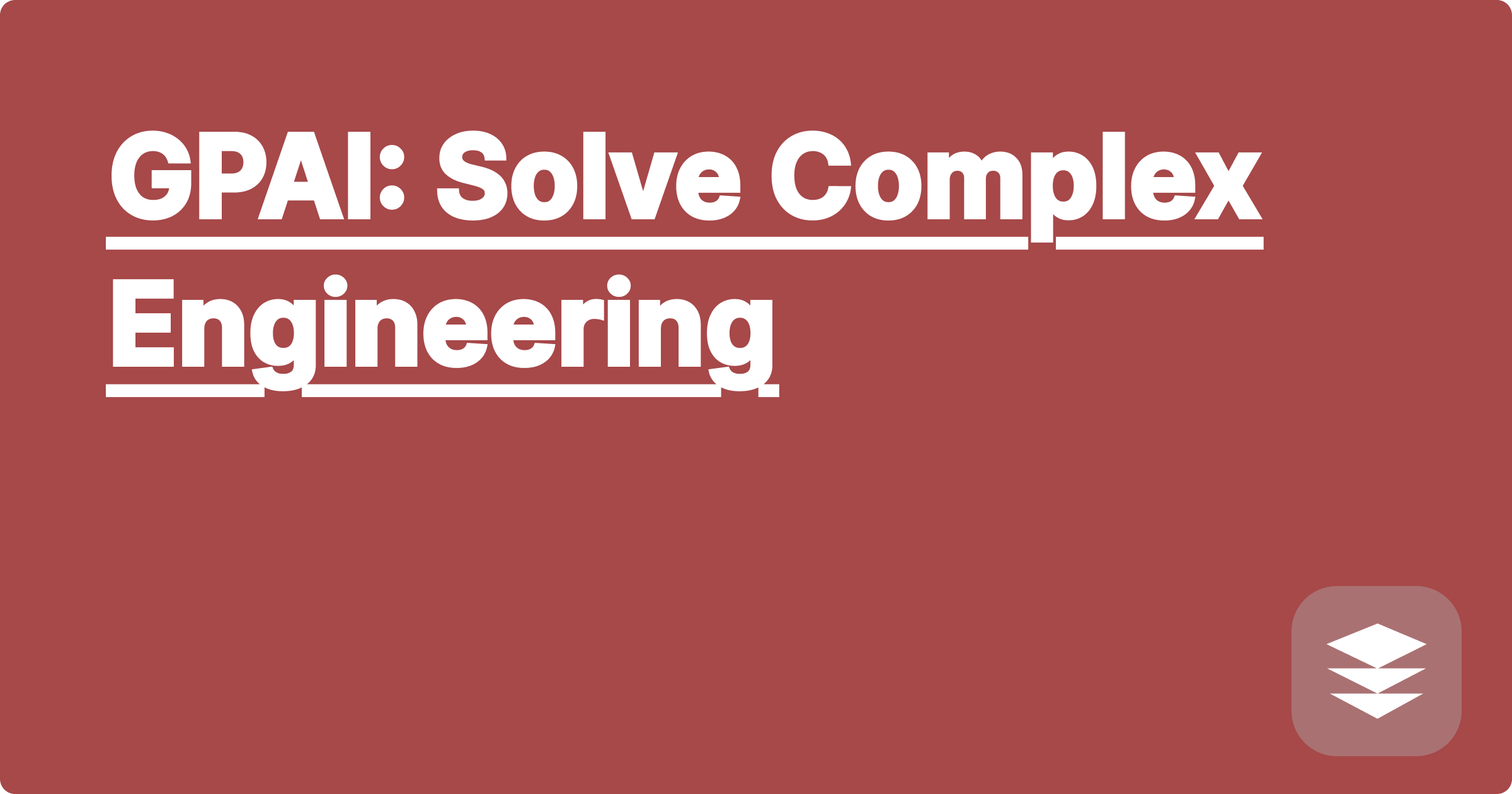
The world of STEM is a challenging yet rewarding one. It demands rigorous analytical skills, deep understanding of complex concepts, and the ability to apply theoretical knowledge to practical problems. However, many students and researchers often struggle with the sheer volume of information, complex equations, and demanding workloads. This is where the power of Artificial Intelligence comes in, offering a revolutionary approach to learning and problem-solving that can significantly enhance your STEM journey. AI-powered tools are no longer futuristic concepts; they are readily available resources that can transform how we approach complex engineering challenges.
This blog post is aimed at STEM students, particularly those in their second or third year of undergraduate studies, and even graduate students, who are looking to boost their learning efficiency and tackle challenging coursework. We'll explore how AI platforms and tools, like the hypothetical GPAI (which you can imagine as your personalized AI tutor), can be integrated into your workflow to streamline your studies and empower you to conquer even the most daunting problems. We will delve into specific examples, practical tips, and real-world applications to demonstrate how AI can become your secret weapon for academic success.
STEM fields often involve intricate mathematical models, complex physics simulations, and extensive data analysis. Traditional learning methods can sometimes feel inadequate when faced with these complexities. Take, for instance, the challenge of understanding fluid dynamics. The Navier-Stokes equations, which govern fluid motion, are notoriously difficult to solve analytically in many real-world scenarios. Students often spend hours trying to grasp the underlying concepts and apply them to practical problems, sometimes leading to frustration and a feeling of being overwhelmed. Similarly, in fields like materials science, predicting the properties of new materials requires complex simulations and vast datasets, making it challenging for researchers to efficiently analyze and interpret the results. These are just a few examples of the complexities inherent in STEM fields, highlighting the need for more effective and efficient learning and problem-solving approaches.
AI offers a powerful toolkit for navigating these complexities. Platforms like the hypothetical GPAI, along with tools like ChatGPT, Claude, and Wolfram Alpha, can provide personalized learning experiences and assist with complex problem-solving. GPAI, for example, could analyze your learning patterns and identify your weak areas, then generate a customized study plan focusing on those specific topics. It could also provide targeted practice problems and offer step-by-step solutions, allowing you to understand the concepts more deeply. Furthermore, AI tools like Wolfram Alpha can be invaluable for solving complex equations and performing symbolic computations. You can input the Navier-Stokes equations for a specific scenario, and Wolfram Alpha can help you visualize the flow field and understand the effects of different parameters.
Let's consider a practical example. Imagine you're struggling with a problem involving heat transfer. You can start by clearly defining the problem and inputting the relevant parameters, such as the material properties and boundary conditions, into a tool like ChatGPT or Claude. These tools can help you break down the problem into smaller, more manageable steps and guide you through the solution process. They can also provide explanations for each step, helping you understand the underlying physics and mathematical principles. If you encounter a complex integral or differential equation along the way, you can leverage Wolfram Alpha to solve it. By combining these tools, you can effectively tackle complex problems and gain a deeper understanding of the underlying concepts.
In electrical engineering, AI can assist in circuit design and analysis. Imagine designing a complex filter circuit. You can use AI tools to simulate the circuit's behavior under different conditions, optimize its performance, and even generate the required component values. In chemistry, AI can predict the outcome of chemical reactions and help design new molecules with desired properties. For instance, you can input the reactants and reaction conditions into an AI model, and it can predict the products and the reaction rate. These examples demonstrate the versatility of AI tools across various STEM disciplines.
To maximize the benefits of AI in your STEM studies, it's essential to develop effective strategies. First, actively engage with the AI tools. Don't just passively consume the information; ask questions, experiment with different parameters, and try to understand the underlying logic. Second, focus on understanding the concepts, not just memorizing the solutions. AI tools can provide answers, but true understanding comes from actively grappling with the material. Third, use AI as a supplement to, not a replacement for, traditional learning methods. Attend lectures, read textbooks, and engage in discussions with your peers and professors. Finally, don't be afraid to experiment with different AI tools and find what works best for you. Each tool has its strengths and weaknesses, so explore different options and find the ones that best suit your learning style and the specific challenges you face.
To conclude, integrating AI into your STEM workflow can significantly enhance your learning and problem-solving abilities. By leveraging the power of tools like GPAI, ChatGPT, Claude, and Wolfram Alpha, you can gain a deeper understanding of complex concepts, tackle challenging problems more efficiently, and ultimately achieve greater academic success. Start exploring these tools today and discover how they can transform your STEM journey. Embrace the power of AI and unlock your full potential in the exciting world of STEM.